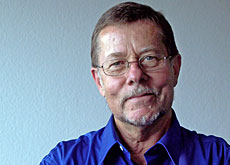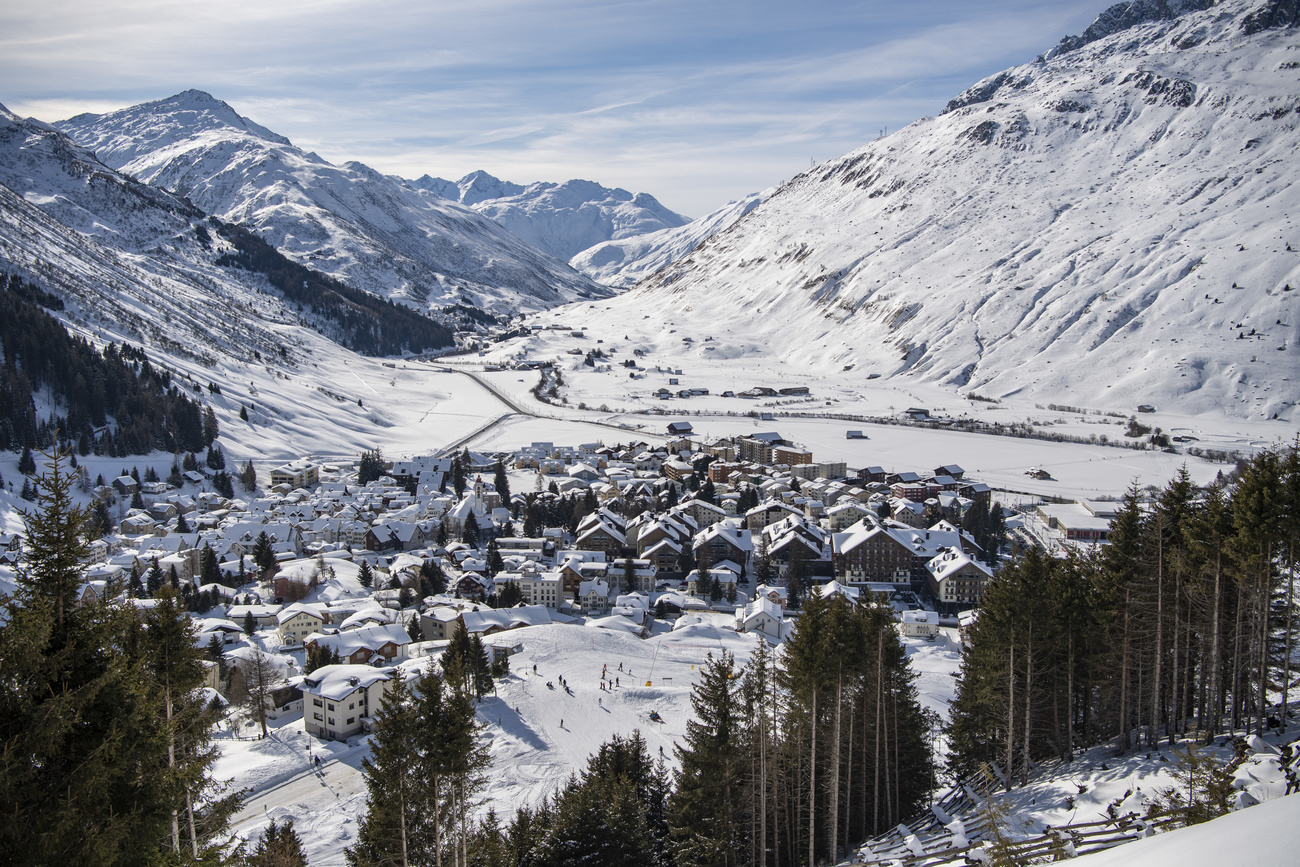Paul Klee and Joseph Cornell in San Francisco

When summer turns to autumn, people look forward to new cultural events. Great visual art is part of that.
Two giants of 20th- century art, the American Joseph Cornell and Switzerland’s Paul Klee, are being given the attention they deserve. Their paths never crossed, and many aspects of their careers are different. Nevertheless, they shared qualities that moved modern art a step forward.
The work of Joseph Cornell (1903-1972) has received a major retrospective this year, shown in Washington, New England, and San Francisco. Visitors to the Californian city also have a chance this year to compare Cornell’s work with that of Klee (1879-1940). In Switzerland exhibits of Klee’s work related to music and the theater are on show at the museum devoted to him in Bern.
Without much material comfort, and with a background of textile sales jobs and design work, Cornell began his artistic creations with small-scale collages influenced by surrealist Europeans.
But soon he ventured into assemblages and small installations that took the shape of image boxes filled with curious, small objects he’d found, photographs, and text clippings that allude to navigation, astronomy, Renaissance princes, famous performers, and often sheer mysteries.
From his modest home in Flushing, New York City, he went out collecting, observing, attending the opera, visiting museums, galleries and libraries, making films from special footage of city scenes, and on excursions to the countryside.
Back in his workshop, all he had observed and gathered came together in his amazing hands in dream-like or amusing visual statements that explored, admired, teased, played, or provoked.
Paul Klee, born near Bern a generation earlier, chose painting – rather than music – as a career in his twenties. He studied in Munich where he later settled and joined the “Blue Rider” circle of artists.
After military service in the First World War, he joined the Bauhaus, teaching and developing his work in interaction with other pioneers of 20th-century art such as Kandinsky, Moholy-Nagy, Mondrian, and Gropius.
When the Bauhaus was forced to close and other teaching became impossible for him under the Nazis, Klee returned to Switzerland in 1933. Though he never wished to visit America, he was pleased that his work was collected and exhibited here from the 1920s. There were points of intersection between the two artists because of the early recognition they gained by galleries and major museums in New York.
Imaginative non-conformists
Although Klee and Cornell were startling innovators – indeed non-conformists – success did not elude them as their work became appreciated in their mid-career years. In his encyclopedic awareness, Cornell once commented that he would like an art journal article written about him in the vein that had been done for Klee (who had passed away by then). In their respective time and place, they were both able to create works of rare imaginative power.
Perhaps the most fascinating aspect in enjoying the oeuvre of these two artists today – this year! – is that in their different emphases each “borrowed” from the universe “out there”, while also exploiting the creative power within.
Both artists wrote diaries which, though very different, allow us to understand the creative process as it reaches into the mind, dreams, theory, personality, or events, and brings them to the canvas or art box.
Both had an inspired relationship to music, either through playing an instrument or following the careers of famous musical performers. Both loved the theater, with Klee himself creating puppets and Cornell often mapping a film star’s or ballet dancer’s appeal in a small shrine.
Klee and Cornell connected with artistic movements of the time, such as cubism and surrealism, but did not wish to identify with them. Their creative impulses and observations of the world drove and led them along line, color, theme, personae, and locales toward art pieces entirely in their own style, between abstraction and figurativeness.
Sublime humor
Any visitor to an exhibit of these masters will be taken in by the sublime humor that often infused their visual achievements, in the images themselves as well as the titles. Klee: “Forgetful Angel,” “The Great-great Nephew of Tartuffe,” “Heroic Roses,” or “Perhaps Hamlet.” Cornell: “Manifold Diamond of the Elusive Foam,” “The Human Thermostat,” “Bel Echo Gruyère,” or “Habitat Group for a Shooting Gallery.”
The Paul Klee Centre in Bern shows, apart from the permanent collection, a selection of his works linked with “Theatre Here, There and Everywhere” until January 6, 2008.
The Cornell exhibit “Navigating the Imagination,” which was beautifully presented at the Peabody Essex Museum in Salem, Massachusetts, this summer, will be shown at the San Francisco Museum of Modern Art (SFMOMA) from October 6 to January 6, 2008.
And, as a bonus, here the visitor will have the unique opportunity to compare the two artists: SFMOMA features changing Klee exhibits drawn from the collection of Dr Carl Djerassi.
by Jurg Siegenthaler
The views expressed in this column are not necessarily those of swissinfo.
Every month retired professor, Jurg Siegenthaler, compares and contrasts aspects of life in Switzerland with that of his adopted homeland, the United States.
He emigrated to the United States from Switzerland in 1967, and is now a retired university professor living close to Washington, DC. He is a graduate of Bern University (Dr.rer.pol., 1966).
His fields of teaching and research encompassed economic history, social theory and social policy analysis. Throughout his career, he has maintained close comparative research interests in the US and Switzerland.
He is associated with the Institute for Socio-Financial Studies, a research non-profit that has done a lot of work improving financial literacy at the community level.
Since his retirement, Jurg Siegenthaler has broadened his involvement in community organizations and in the arts. He is married and lives with his wife Linda in Silver Spring, Maryland.

In compliance with the JTI standards
More: SWI swissinfo.ch certified by the Journalism Trust Initiative







You can find an overview of ongoing debates with our journalists here . Please join us!
If you want to start a conversation about a topic raised in this article or want to report factual errors, email us at english@swissinfo.ch.